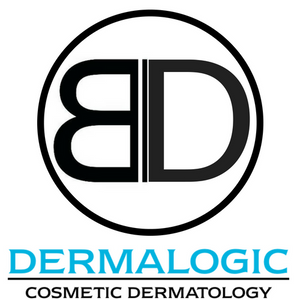Sun Damage and Age Spots

Too much sun exposure allows Ultraviolet (UV) rays to reach the inner skin layers which can significantly damage the skin, resulting in burns and long-term changes in the skin.
Common types of sun damage:
- Dry Skin- Sun exposed skin can gradually lose moisture and essential oils, making it appear dry and flakey. Additionally, it can appear prematurely wrinkled.
- Actinic Keratosis- This is a tiny bump on the skin that feels rough like sandpaper, or a rough, scaly patch that is pink, red or yellowish-brown. Actinic keratosis develops upon repeated or long-term exposure to the sun's Ultraviolet (UV) rays and is a warning sign of increased risk of skin cancer.
- Long-term changes to skin's collagen- In photoaging, the skin prematurely develops wrinkles and fine lines because of changes in the collagen of the deep layer of skin called the dermis. Collagen changes can result in fine lines, deeper wrinkles, a thickened skin texture and easy bruising on sun-exposed areas.
Age spots are flat brown, gray or black spots on the skin. They usually occur on sun-exposed areas and are commonly referred to as liver spots or sun spots. They are the result of an excessive production of melanin, or skin pigment. Contributing factors are skin aging, sun exposure, or other forms of ultraviolet light exposure such as tanning beds.
